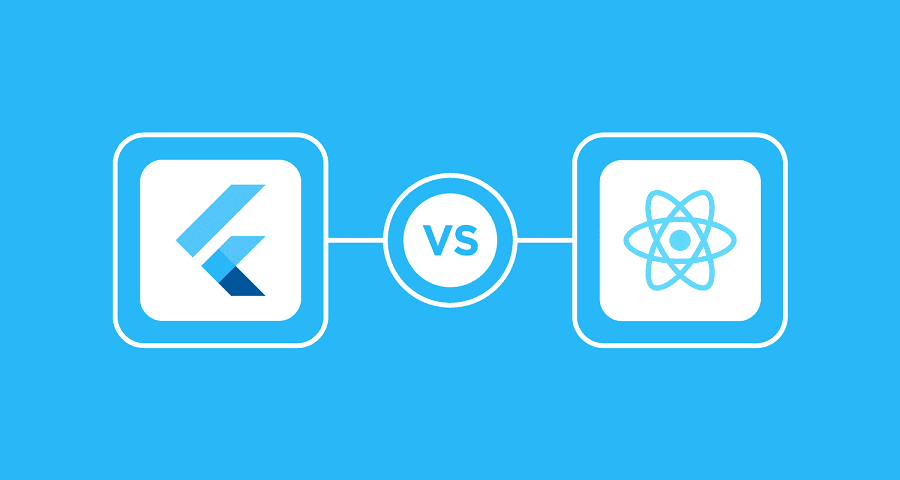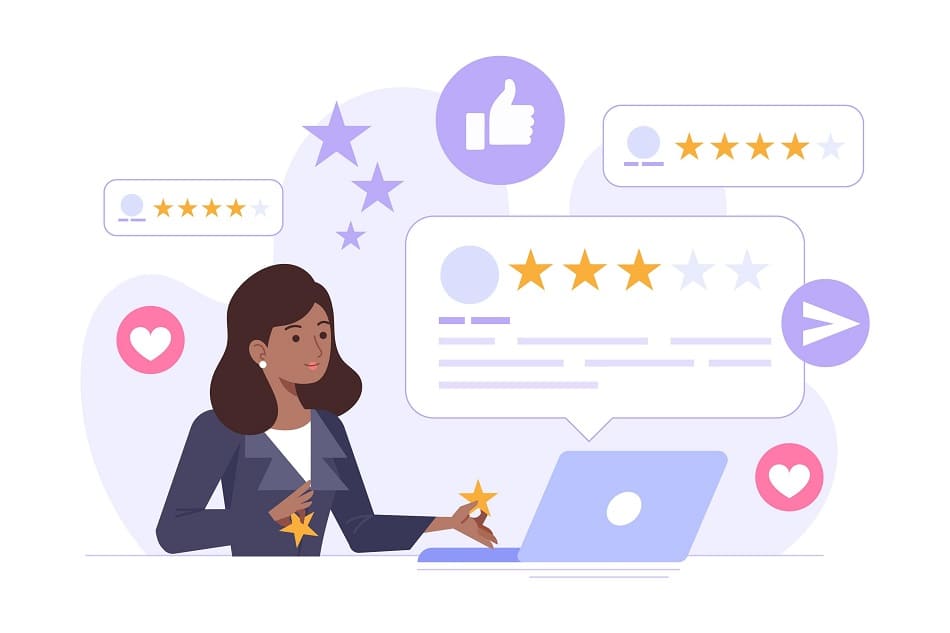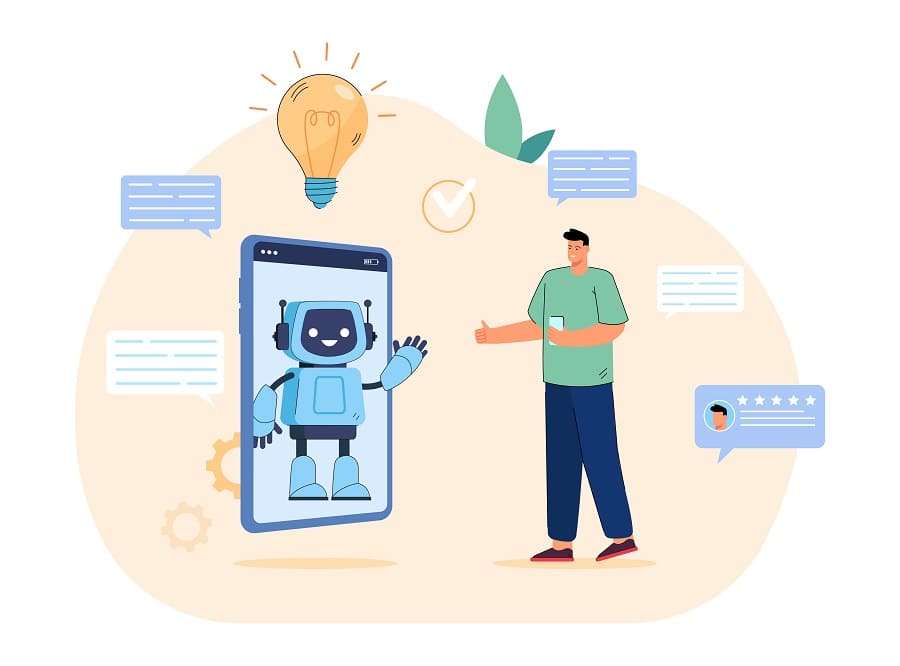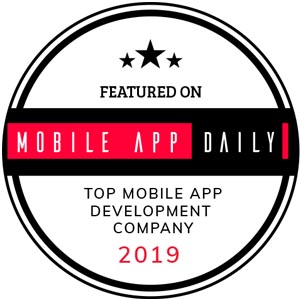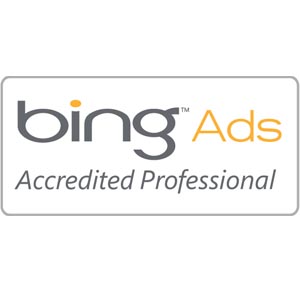No matter how old a person gets, an educational app can help them develop themselves and learn about new topics that they wouldn’t otherwise know much about or need extra help learning. These educational apps can be used and created by a wide range of people, and they can be applied to many situations.
What is an Educational App?
An educational app allows people to learn through the application. The nature of the learning app can vary depending on who the app is geared towards and what it helps users learn. Math apps, language learning apps, and grammar apps are examples of how people can learn through educational apps. The subjects of these apps can include anything, and these apps often strive to make learning more fun.
Who Can Benefit from an Educational App?
There are many people who can benefit from an educational app. Nearly anyone can use these kinds of apps, but some common groups are:
- Educational institutions and schools
- Kids of all ages
- Students wanting help with exams, assignments, or other study activities
- People who need to continue their education or stay up to date on information in their industry
- Those who want to offer or learn from online courses
Learning is one of the most important processes of human life, so there’s always more for people to learn. Learning helps people grow, and educational apps can lead them to desired information or help them with existing educational endeavors.
Types of Educational Apps
There are many types of educational apps. Some apps combine multiple components in these categories.
- Kids’ educational apps
- Educational games (for adults and kids)
- Educational apps made for the classroom
- Learning management systems
- Apps for specific topics and subjects
- Learning platforms
Know Your Audience
When you are planning an educational app, you have to know who you want the app to appeal to so that you can customize it. For example, if you are trying to reach kids, create an educational app that kids can play with. Think about how kids would interact with the app and what kind of things appeals to the age of kids you want to use the app.
Research the Market
Market research is a vital step in making an app. Think about your customer avatar and think about what that person is looking for. What do they like? What problems do they have? How can you appeal to those elements of that person? Doing your research sets your app for success and helps you know you’re on the right path.
Survey Desired Audience
Creating a survey for your desired audience can help you better focus your app and what you want to include in that app. Survey respondents about your app and see if they would like it and how you would want to improve it.
Make Your App Conveinent
Convenient apps make people more likely to continue using the app. You don’t want people to feel like using the app is a chore.
Don’t Overcomplicate Things
Remain focused on what you want to accomplish with your app. Overcomplicating things can make your goals unclear and make it hard to accomplish those goals.
Keep People’s Attention
Think about the attention span of the audience that will be using your app and plan accordingly.
Make Learning Engaging
Keeping your content engaging is vital for any educational app. You want your app to save people time and energy while still allowing them to reach their goals.
Add Variety
To avoid your app becoming boring and keep users using your app, it’s good to make sure that your app has variety and can allow users to break the monotony. You want a user to use an app often, so keeping reasons for them to come back is important.
Add Social Connection
Adding the ability for people to connect through social media or other social functions can help make the app more enjoyable and a layer of desirability.
Key Features
There are many features that people want or even expect when they get an educational app. Some of these features include:
- User profiles
- Search
- Notifications
- Main menu
- Connection to social media
- Storage for learning materials
How Much Does It Cost to Make an Educational App?
Many people ask, “How expensive is it to create an education app?” The answer can vary greatly depending on how complex the app is and the details of the project. These projects often cost thousands of dollars because of the many hours of work that go into making an educational app.
Educational Apps Can Make a Difference
Educational apps are a great way to promote audiences and make educational content more fun, accessible, and user-friendly. These apps are great for anyone who is looking to promote educational content and help learners.
We take pride in our high-quality code and the passion we show to each of our clients. Split Reef is a Columbus-based mobile app development agency, dedicated to providing innovative solutions to the needs of today’s customers.

Split Reef is a modern, results-driven digital organization always ready to support clients in their search for digital supremacy. With Split Reef, your budget isn’t going to hold you back from partnering with us to make your project successful. Our offices are located in Columbus, Ohio and Jacksonville, Florida.

